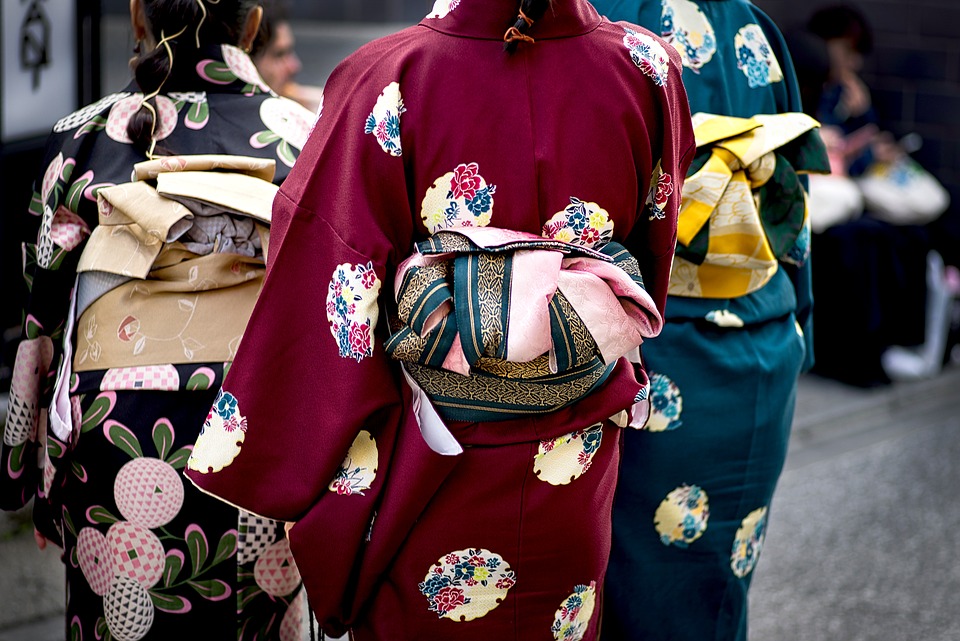[ad_1]
Fermentation has been an integral part of Japanese cuisine for centuries. From miso and soy sauce to sake and umeboshi, Japanese fermented foods are not only delicious, but they also offer a wide range of health benefits. In this article, we will take a closer look at some of the most popular fermented foods in Japan and explore the cultural and historical significance of fermentation in Japanese society.
Miso
Miso is a traditional Japanese seasoning made by fermenting soybeans with salt and koji, a type of mold. The result is a thick paste that is used in a variety of Japanese dishes, such as miso soup, marinades, and glazes. Miso is rich in essential vitamins and minerals, as well as beneficial probiotics that support gut health.
Soy Sauce
Soy sauce is another staple of Japanese cuisine that is created through the fermentation of soybeans, wheat, and salt. The process can take several months to several years, resulting in a complex and savory flavor profile. In addition to enhancing the taste of dishes, soy sauce also contains antioxidants and amino acids that contribute to overall well-being.
Sake
Sake, a traditional Japanese rice wine, is produced through the fermentation of polished rice with koji mold and yeast. The result is a smooth and aromatic beverage that is enjoyed on its own or as an accompaniment to Japanese meals. Sake has been linked to various health benefits, including improved heart health and reduced risk of stroke.
Umeboshi
Umeboshi, or pickled plums, are a tangy and salty delicacy that is often enjoyed as a condiment or added to rice dishes. Umeboshi are made by pickling ume fruit in salt and red shiso leaves, then allowing them to ferment for several weeks. Despite being high in sodium, umeboshi are also rich in antioxidants and have been associated with digestive health and immune system support.
Conclusion
Japanese fermented foods are not only a testament to the rich culinary heritage of Japan, but they also offer a myriad of health benefits. From miso and soy sauce to sake and umeboshi, the art of fermentation has played a crucial role in the development of Japanese cuisine. By incorporating these fermented foods into our diets, we can experience the unique flavors and nutritional advantages that they have to offer.
FAQs
Q: Are fermented foods safe to consume?
A: When prepared and stored properly, fermented foods are generally safe to eat. The fermentation process creates an acidic environment that inhibits the growth of harmful bacteria. However, it is important to follow proper food safety guidelines and store fermented foods in a cool, dark place.
Q: Can I make my own fermented foods at home?
A: Yes, many Japanese fermented foods can be made at home with the right ingredients and equipment. However, it is essential to follow proper fermentation techniques and hygiene practices to ensure that the final product is safe to consume. There are also many resources and guides available for those interested in home fermentation.
Q: Are there any health risks associated with consuming fermented foods?
A: While fermented foods are generally safe to eat, individuals with certain health conditions, such as compromised immune systems or intolerances to specific ingredients, should exercise caution when consuming fermented foods. It is always best to consult with a healthcare professional if you have any concerns about adding fermented foods to your diet.
[ad_2]





Comments